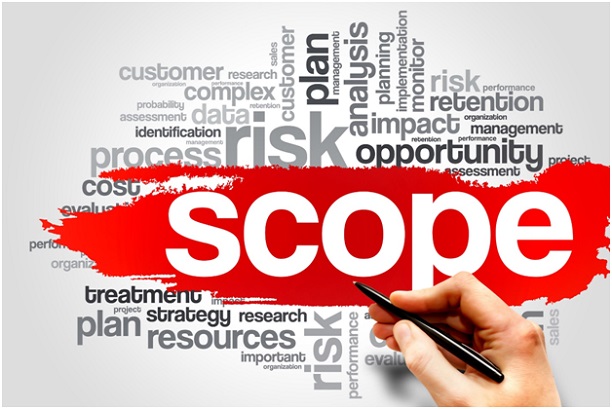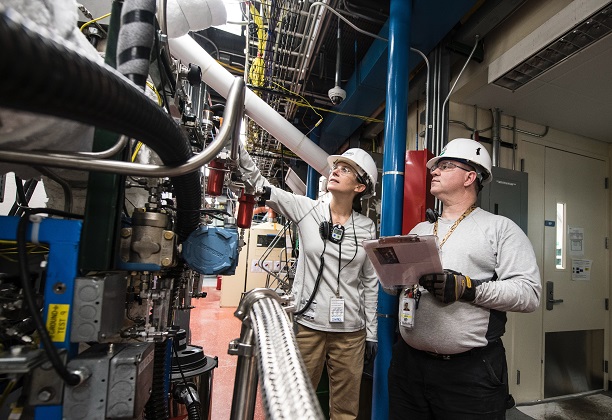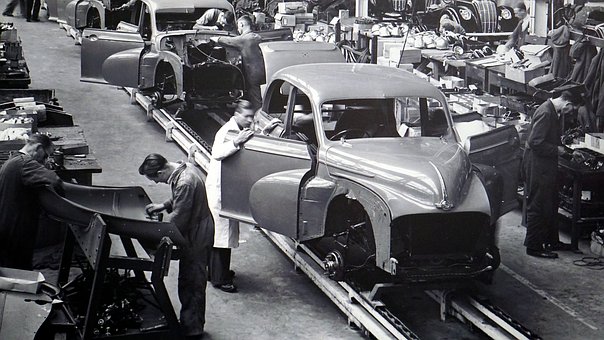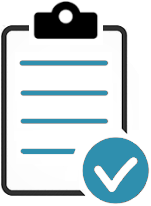The testing and inspection procedure for ISO 9001 is used to verify material, product, and service conformance. The inspections lead to achieving the coveted ISO 9001 certification and verify that the company conforms to the requirements specified in the QMS manual.
Contents
The QMS testing and inspection procedures are scheduled so that the auditor, whether internal or external, can make sure the processes are progressing as they should. These testing schedules and inspections are needed to satisfy the high standards and ISO 9001 requirements concerning production control and service.

Our Testing & Inspection Procedure is proven to work.
Preparing for the certification takes time, and for any company that wishes to prove they will consistently deliver quality products, this is a requirement.

The company that is to undergo the inspection and testing will have implemented all the correct methods to measure and monitor the product characteristics. This also serves to verify and confirm that all requirements are met.
All incoming materials, articles that are in-process and final products are subject to the procedures. All items - including materials or components and final products – can be packaged or dispatched until all relevant inspections have been done.
Our Testing & Inspection Procedure is proven to work.
The person primarily responsible for maintaining the QMS, internal inspections, and testing would be the Quality Manager or Quality Assurance Manager. The scope of their responsibilities are:
The quality inspector can either be an internal person of the head office or an external person sent from an auditing firm. The QI has specific responsibilities, namely:

Before any materials, products or components are cleared for use, packaging, or dispatch, and all required inspections need to be completed. If any product is modified or altered, a new assessment needs to be done. All records need to be preserved.
The primary inspection will be executed in the receiving section; usually, it will proceed as follows;
Usually, the Quality Manager will determine which parts and components will be subjected to precision inspections. They mainly consist of:
The first article inspection is done by the QM personnel, more specifically, the quality inspection personnel. They should examine every first article by reference to all machining samples, programs, other data, or any prints of any part used to produce more than three identical parts;
>> Learn more about First Article Inspection

The in-process inspections are usually carried out during the manufacturing processes. The QM personnel perform the inspections and sometimes include walkarounds, peer reviews, and random process audits. These inspections are done to ensure the process conforms to the set specifications and requirements.
Usually, the Quality Manager determines the scope of the inspection and testing. This will be thoroughly communicated to all personnel. This procedure usually includes;
Our Testing & Inspection Procedure is proven to work.
Updated: 26th February 2022
Author: Richard Keen

Richard is our Compliance Director, responsible for content & product development.
But most importantly he is ISO's biggest fanboy and a true evangelist of the standards.
Learn more about Richard

Don’t Try to Manage It All Alone!
Our ISO Auditors and Quality Manager Trainers have been in this industry for years, and since 2002 we’ve been providing thousands of small businesses and large corporations with the tools they need to get certified.
Instead of trying to create everything you need to follow this process from scratch, use ours. We have procedures, templates, checklists, process maps, forms and gap analysis tools to help you control your documented information without missing a single input or output.
Before you invest all the hours reinventing the wheel, before you spend countless dollars outsourcing the task — try our templates.
| QMS ISO 9001 |
EMS ISO 14001 |
OH&S ISO 45001 |
|
|
Testing & Inspection Procedure Procedure The purpose of this procedure is to establish and define the process for testing and inspection activities that verify product, material and service conformance, and to verify that process inputs and outputs conform to specified requirements. Documented Records and information of inspection include evidence of conformity with the acceptance criteria and traceability to the person authorizing the release. Records of inspection are maintained. Forms & Reports also included:
>> Free Download - Control of Calibrated Equipment Procedure - this will give you a good idea of what to expect when you purchase the procedure. |
$19 USD |
|
|
Pay by Credit Card, Debit Card, PayPal or Apple Pay.

 |
Please read our Money Back Guarantee. |
Bought by Small Businesses and Large Corporations our templates have been sold online and CD since 2002.
Used by:
The Templates are used by first-timers following our step-by-step, clause-by-clause guidance documents; and experienced Quality Managers wishing to streamline and improve their existing documentation.
The application of our templates and quality manuals is scalable and generic; regardless of the size and type of organization. The elements that form the quality management system are the same.
1. Our customizable templates save you time and money by offering a streamlined process to create your quality documentation
2. They’ve got everything you need in one simple template
3. Proven to work our templates have helped thousands of businesses big and small achieve certification
4. Documents use styles to make reformatting and rebranding a breeze
5. Our templates are generalizable for any industry or sector. The application of our templates is scalable and generic; regardless of the size and type of organization.